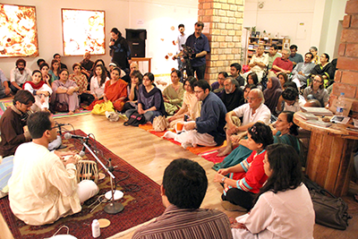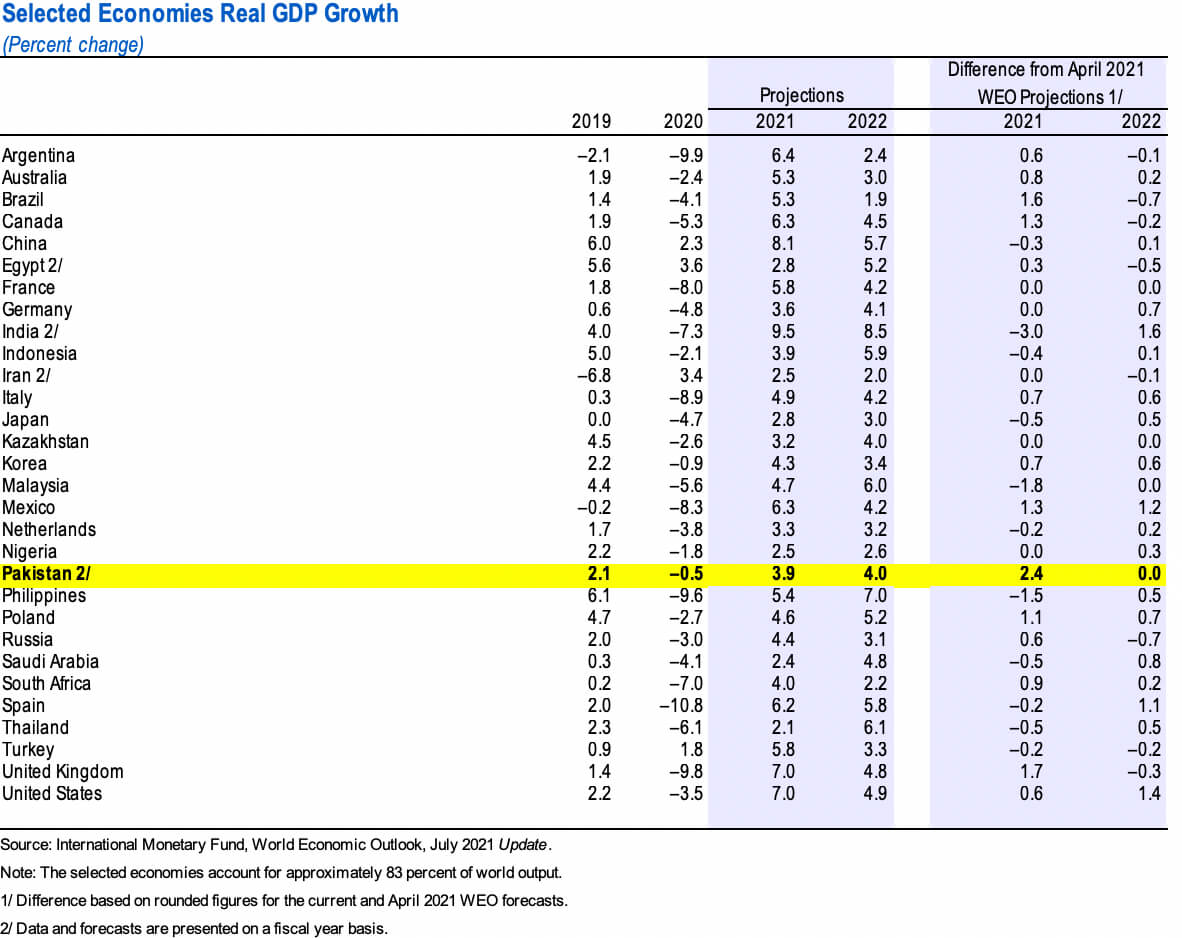On February 13, T2F (The Second Floor) celebrated an evening dedicated to Faiz Ahmed Faiz, on the occasion of his birthday. How would you react if you made an effort to attend Faiz’s celebration, but found that the names of several people you have known well are being invoked? What if some of them had a streak of sexism, misogyny? That’s precisely what happened in Karachi last month at T2F — a venue considered a “safe place” for local progressive citizens. T2F is a project of the non-profit organisation Peace Niche, founded by the late Sabeen Mahmud.
Unfortunately, a small number of enthusiastic young Karachites had to sit through an underwhelming discussion that evening which invoked folks who couldn’t survive a minute of the #MeToo movement. A few other respected left-leaning leaders were also highlighted for reasons that were never explained. Of course, everyone recites Faiz to make a point. That’s fine. No one owns Faiz. But it is rather sad when history created in front of your eyes is re-created in your presence.
But let’s not throw the baby out with the bathwater. T2F provides a valuable public space in Karachi. There has been much debate about definitions of public space — whether it is public or private, inside or outside, restrictive or free, democratic and inclusive, or otherwise. The everyday use of public space has been changing — from necessary services to optional, intellectual, cultural benefits. This changing role increases the need for appropriate, well-designed places where people choose to spend time, that provide a safe place for them to discuss ideas without fear of state or communal repercussions, a place to socialise, and just chill.

Jurgen Habermas considers the public sphere a domain of social life where public opinion can be formed. Places like T2F can potentially serve a much-needed purpose for the democratisation of society. Habermas’ definition of a public sphere is the first, and founding trigger to classification attempts to form public opinion and legitimise state and democracy in post-war Western societies.
Urban design forms public space in the sense of ‘informing’ it and instructs, educates and empowers it. This argument merits a more thorough study and an investigation of how the relationship between urban design and public space is configured. To get at this relationship, a further question arises, and that is the question of what actually constitutes public space.
From an urban planning perspective, discourse on public space focuses mainly on an accessible and contained spatial configuration, i.e., a public square in a city. In other disciplines, political theory, for example, the meaning of public space is slightly different and more broadly defined.
Public space is constituted twice. First, it arises from standard performative and fleeting action and contains the public’s spirit and politics. Second, it can be formed permanently only through a spatiality that causes the political and the public to receive the chance to last longer than the moment. Two fundamentally opposing driving forces that act in public space can be identified: one ephemeral and performative, the other stabilising and solidifying. Public space is at once the outcome of conflict and negotiations and protective of these negotiations through spatiality.
People make places, and places shape people. Public spaces play various roles in the cities’ everyday life, being the physical meeting spaces of cultural, political, economic, social, and individual trajectories. They can create places of interaction and cooperation with the public sphere and the various ethnic/religious/ideological groups; a sphere for mutual tolerance and understanding; a place for acculturation, places for groups to penetrate and get acquainted with ‘other’ cultures. Public space has repeatedly been suggested to be an essential and necessary platform for the diverse ethnic and cultural groups’ socialisation, the building of group identity, and negotiation of relations among different groups themselves and between them. Karachi needs more public places that serve a mature, educated population, to share oral history and set the record straight. There is no need to glorify people who were outstanding in their skills and also misogynists. We shouldn’t put labels like progressive and conservative on these spaces’ entrance doors and allow for open, fair, respectful, and informed debate.



